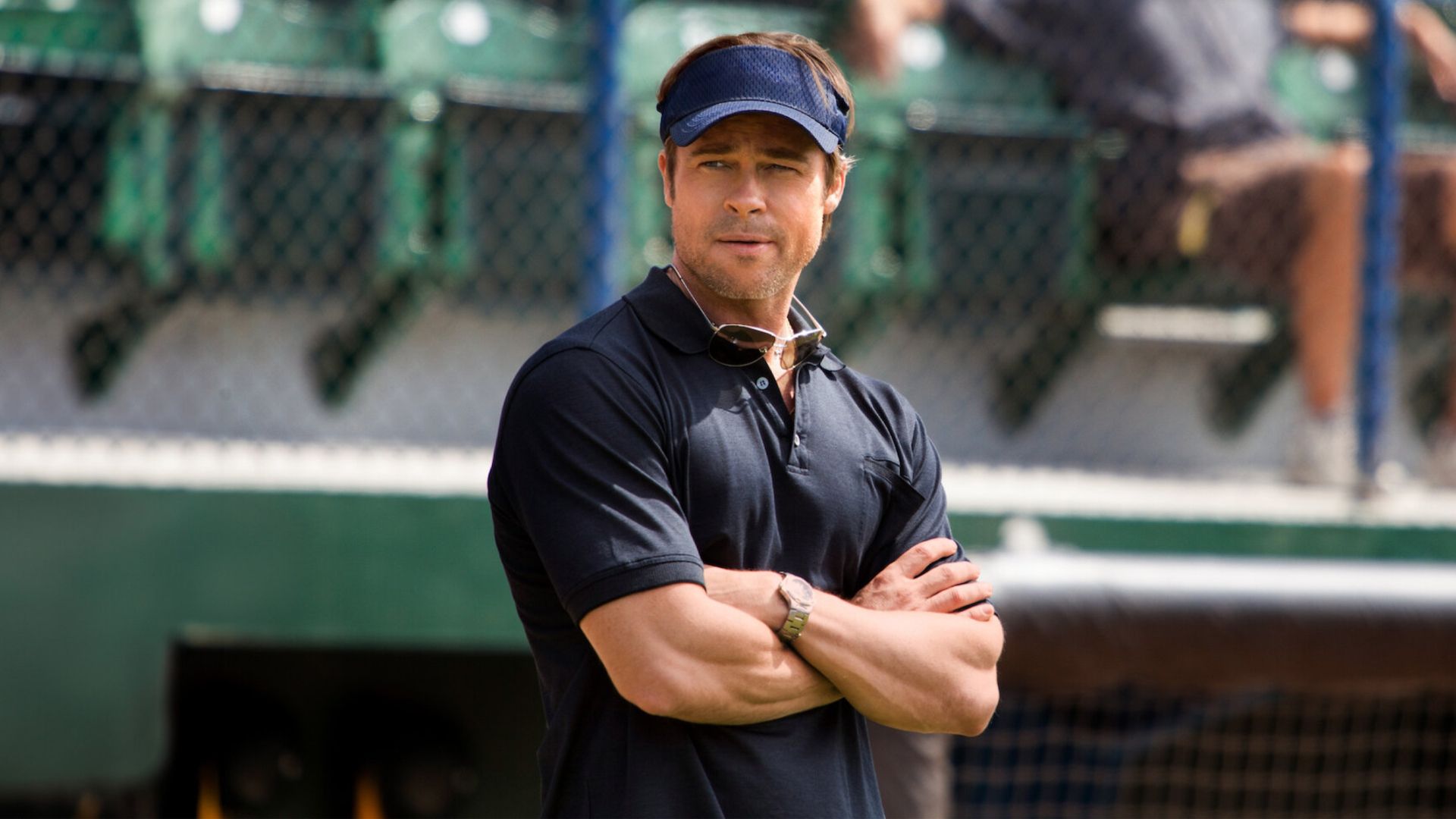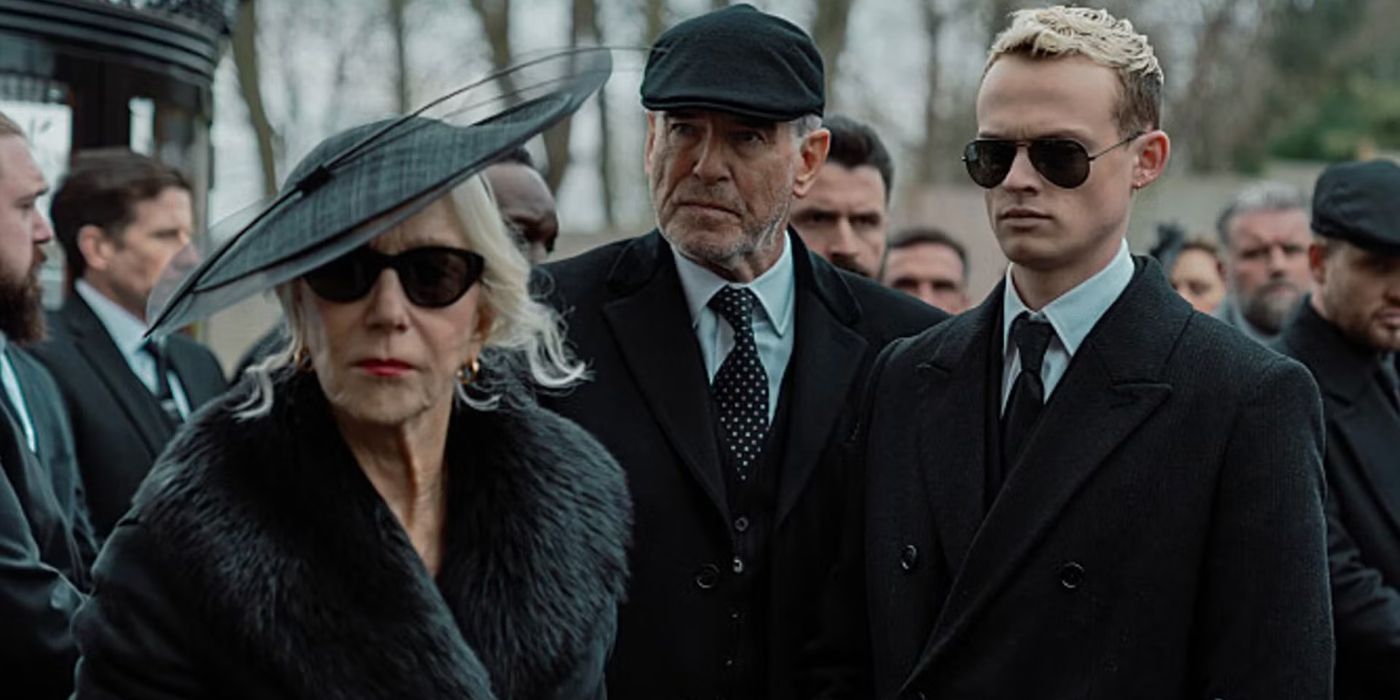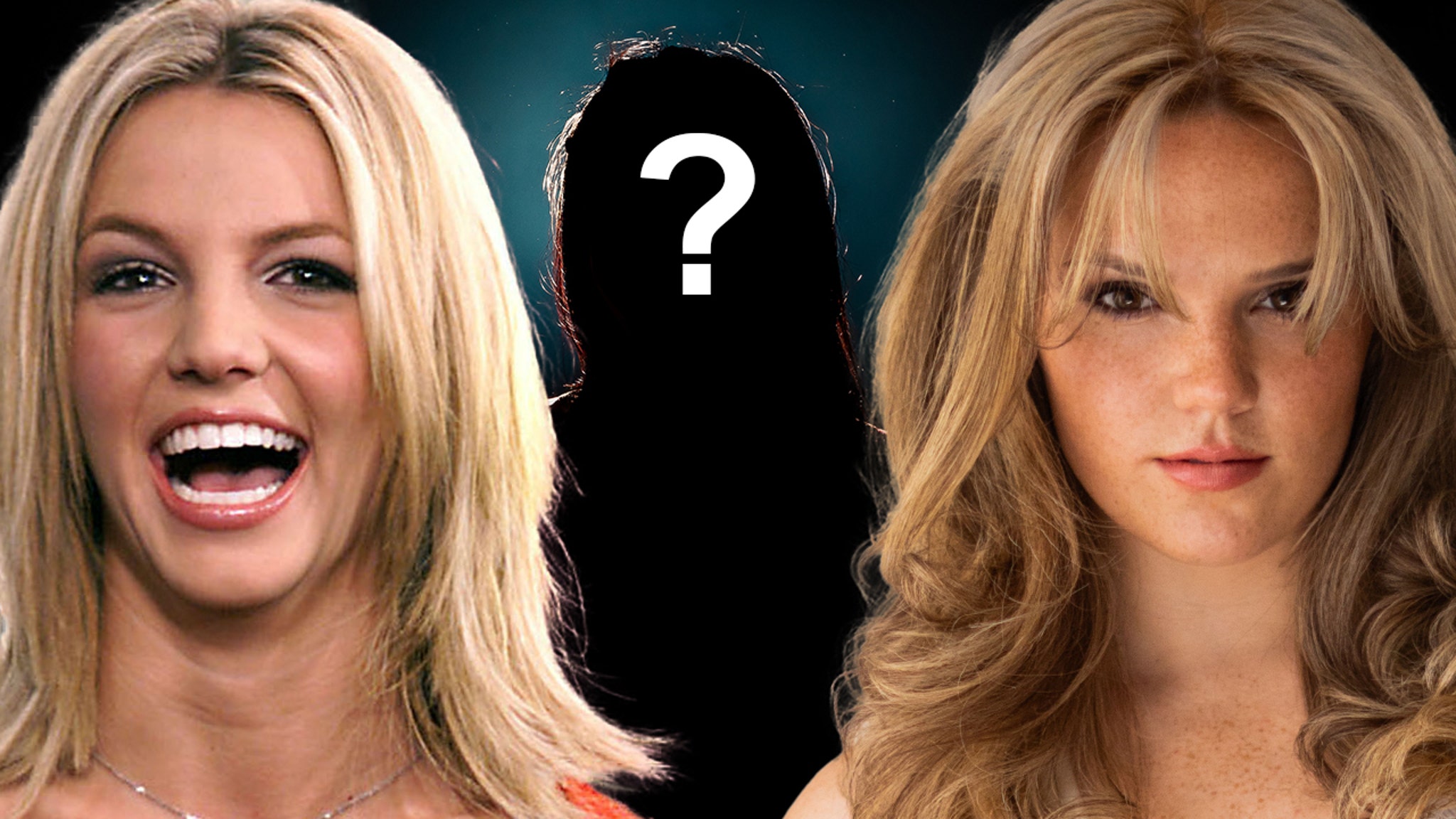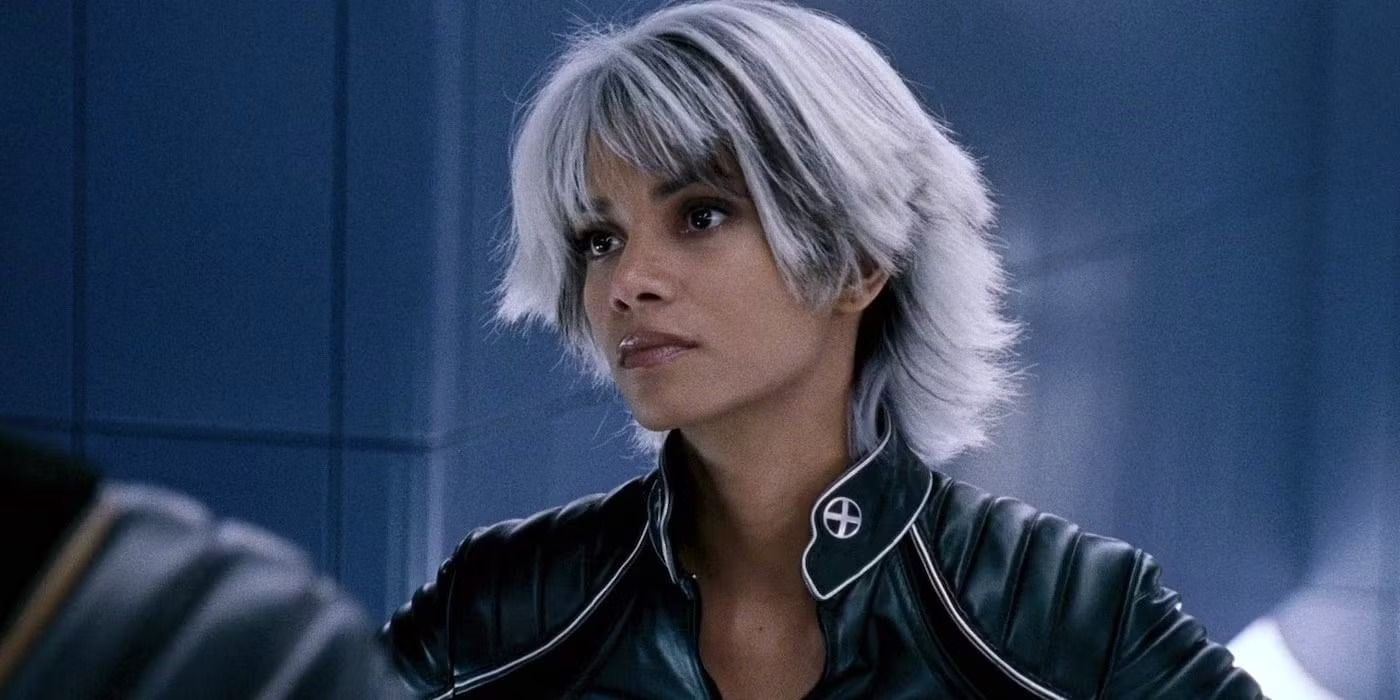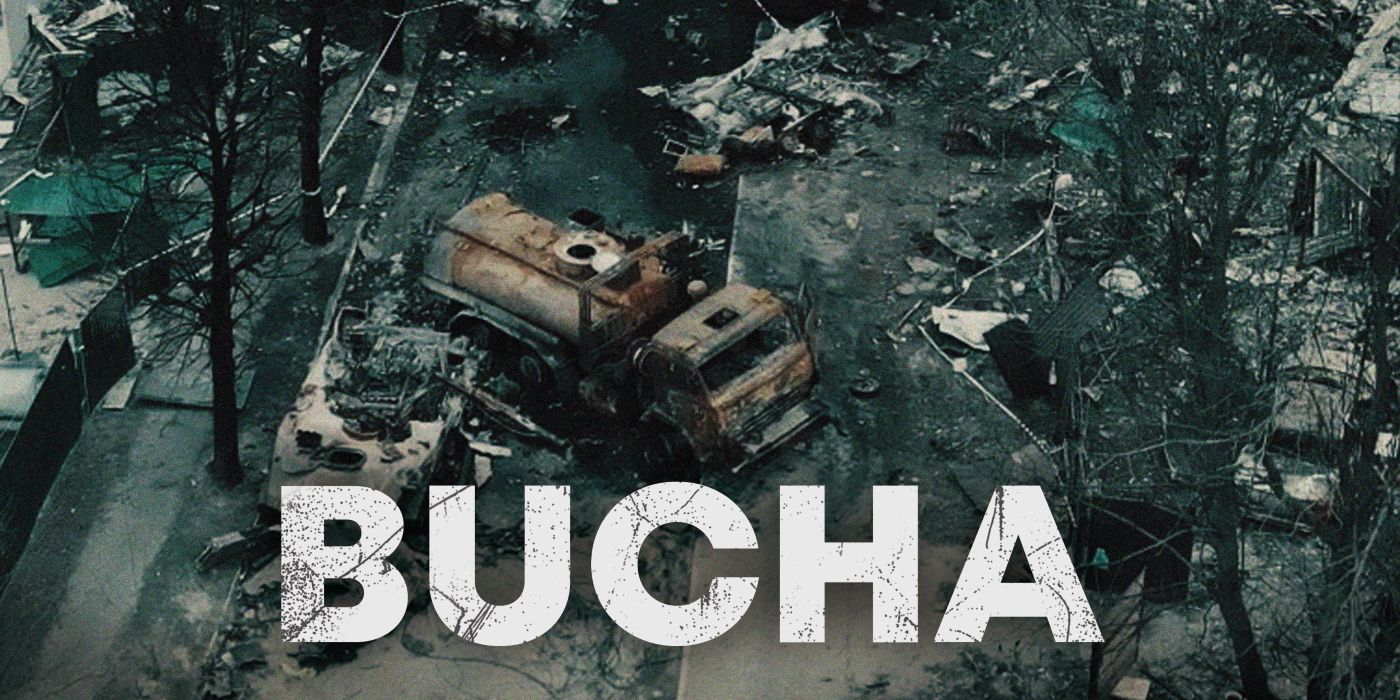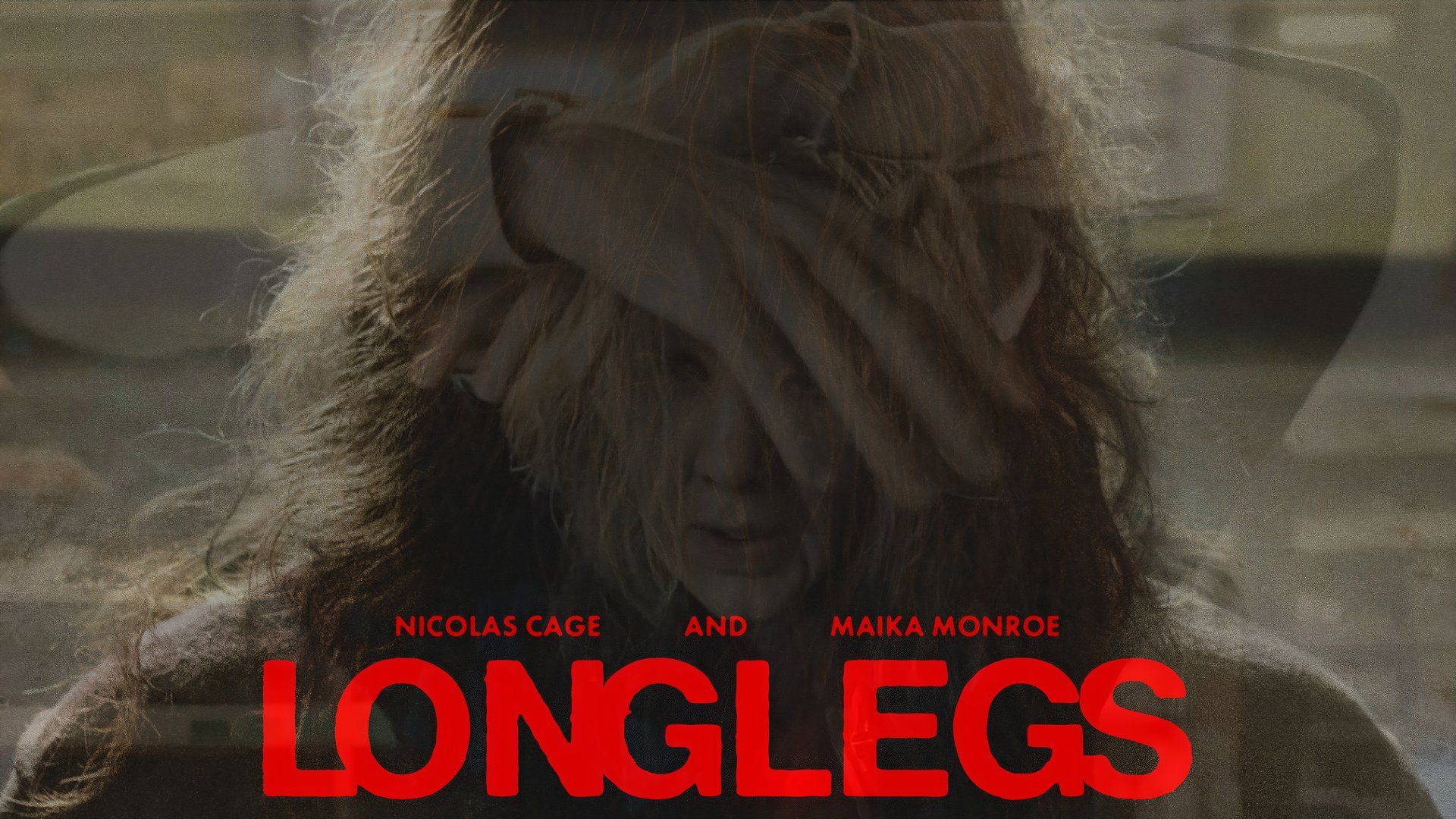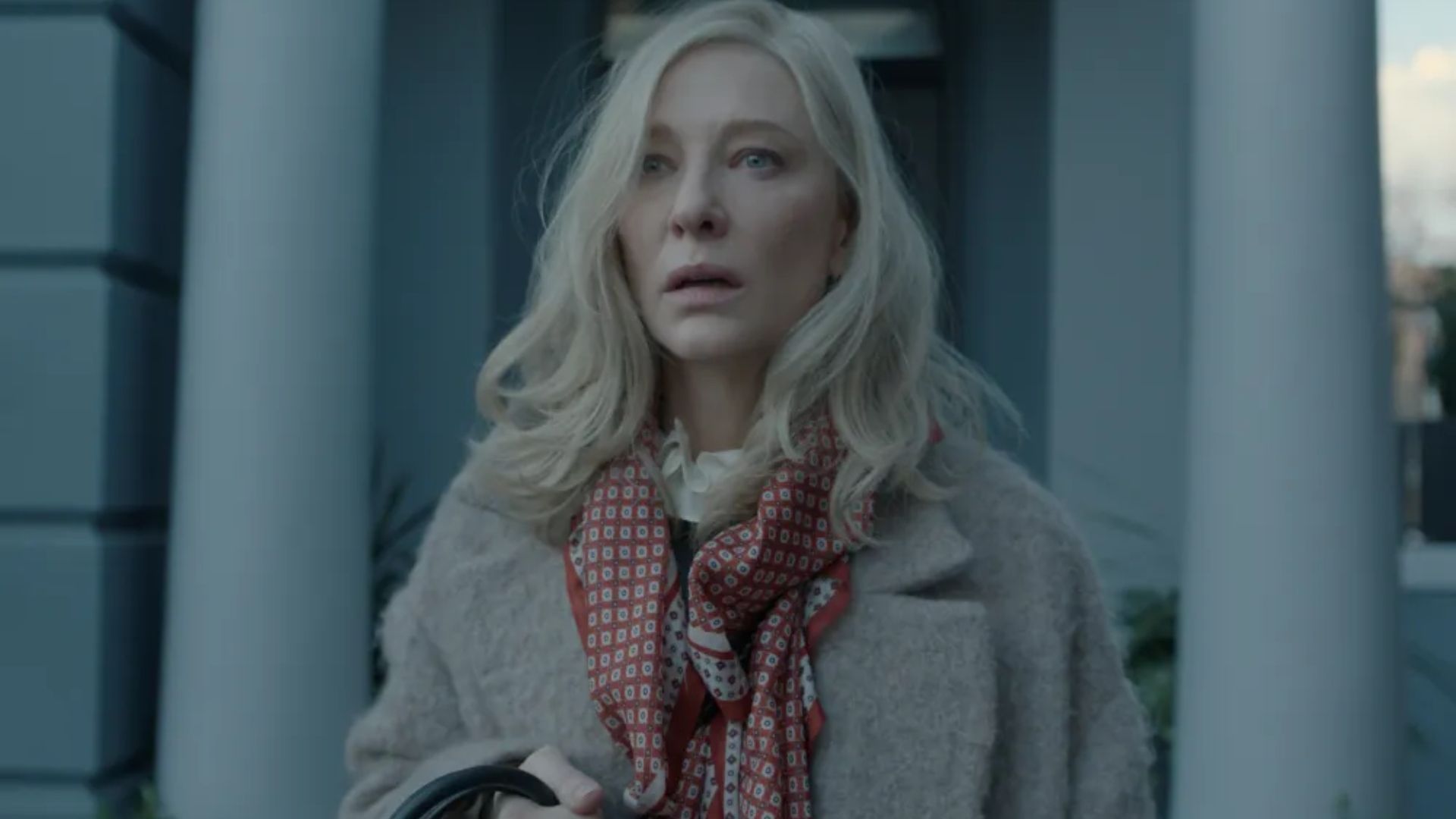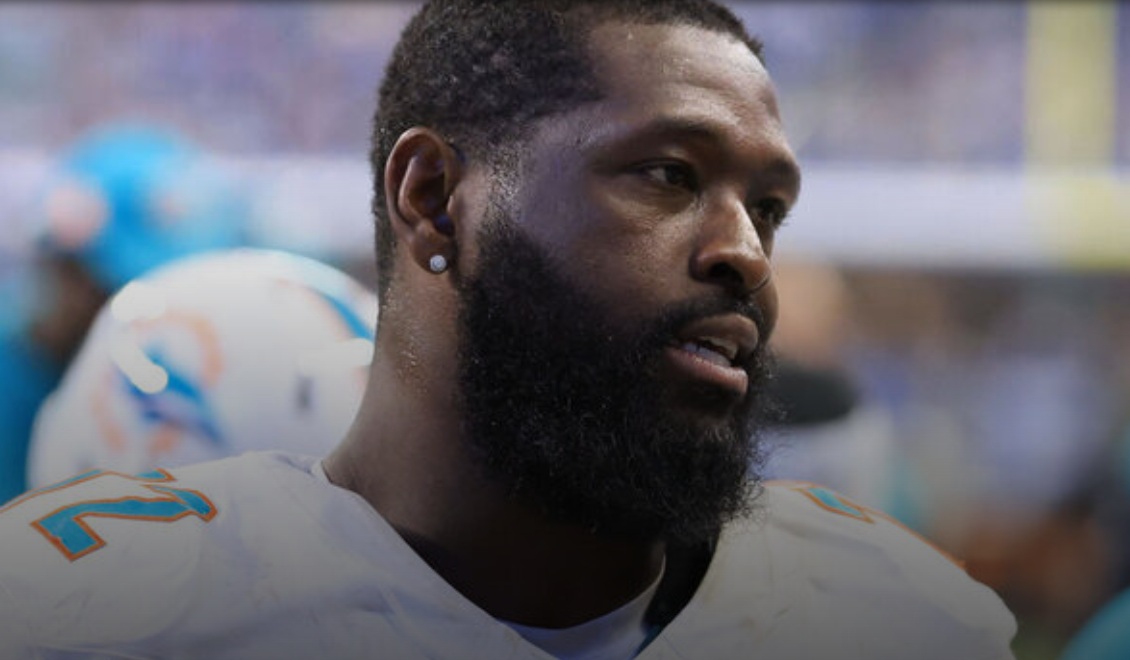It’s Troy who brings new viewers up to speed, spinning the first film’s tragic story for his captive audience after warning them that where they live is haunted. “This is too much, even for you,” says his husband, Grady (Kyle Kaminsky) about the part featuring the decapitated Rottweiler. This sequence is done with the same type of shadow puppets used for “Candyman”’s teaser trailer. That effective short highlighted one of the major themes DaCosta and her co-writers Jordan Peele and Win Rosenfeld put into their script: the endless cycle of violence perpetrated on Black bodies by White supremacy and the system it created. This idea was baked into the 1992 version’s tale of Daniel Robitaille (Tony Todd), the original Candyman, but the focus was primarily on the White protagonist’s fate.
With Abdul-Mateen and Parris as the leads, the filmmakers are free to dig deeper into the legend and its parallels to the here and now. Their proxy is William (Colman Domingo), an old-timer we first see as a child puppeteer in 1977. He meets Anthony just after the latter hilariously jumps into the shadows to avoid a passing cop car. “Are they keeping us safe,” William asks, “or keeping us in?” Alluding to the press Helen Lyle received while numerous Black victims of Candyman remain unknown, William says “one White woman dies and the story lives forever.” This dovetails nicely with the Candyman legend—here’s an entity whose immortality can only be realized by having his name (and by extension, the memory of his tragedy) spoken into existence. The mirror element, a holdover from the old Bloody Mary urban legend, is a nice touch rife with symbolism. What do the victims see of themselves reflected before they literally get the hook?
Despite his disbelief in Troy’s story, Anthony is inspired to look into the history of his neighborhood in the hopes it will inspire some new paintings he can show at a gallery run by Clive Privler (Brian King). William provides an additional Candyman story based on his childhood run-in with a strange local man with a hook for a hand. Like Daniel Robitaille, he was brutally murdered by a mob of what passes for the law, then posthumously “cleared” of the crimes he was accused of committing. “Candyman” proposes that its monster lives on, imprisoned in his agony because this particular history keeps repeating itself. I was reminded of Oprah’s line in “Beloved,” where she says of the spirit haunting her house that “it ain’t evil. Just sad.” “Candyman isn’t a he,” William tells Anthony before warning him to stay away, “he’s the whole damn hive.”
You can view the original article HERE.




